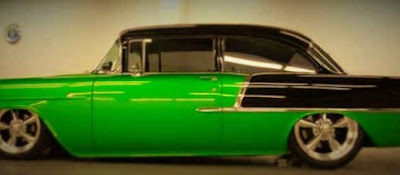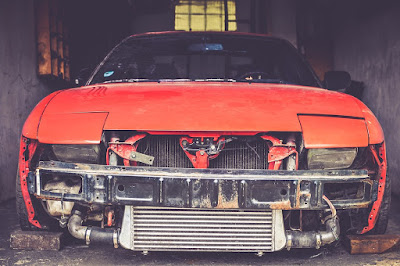Basics of antique car restoration
When we think of buying a car, we often think of a newly launched model laced with amazing specs. Don’t we? But some people lust over the classic American cars built during the 60’s – 80’s. There’s a sense of passion that goes into such an Antique Car Restoration shop in Doylestown. Simultaneously, a lot of money goes into restoring a car like that. Read on to know more about the basics of antique car restoration and what you should be aware of if it’s your first time working on such a project.
What car to choose?
The decision is always dominated by personal choice. You may like a model from the 60’s or some other decade. You may like any car company. But what’s truly crucial is to pick a car that’s common. Here’s why: When you choose a car that’s incredibly unique and hard to find, the possibility of getting it restored to its full potential decreases. You may not find the spare parts or an engine that would fit in that. Keep all of it in mind and then pick a car for restoration.
The decision is always dominated by personal choice. You may like a model from the 60’s or some other decade. You may like any car company. But what’s truly crucial is to pick a car that’s common. Here’s why: When you choose a car that’s incredibly unique and hard to find, the possibility of getting it restored to its full potential decreases. You may not find the spare parts or an engine that would fit in that. Keep all of it in mind and then pick a car for restoration.
What work you will need to do for the interior of the car?
Antique car restoration isn’t just about getting it in the running state and fixing the exterior. In fact, you must begin your to-do list from what you need to do in the interior. Would you add new seats? What sound system will you install – a new modern one or the classic one? Will, you replace the switches on the dashboard or just repair them? Will you go for complete antique car restoration or partial restoration?
Antique car restoration isn’t just about getting it in the running state and fixing the exterior. In fact, you must begin your to-do list from what you need to do in the interior. Would you add new seats? What sound system will you install – a new modern one or the classic one? Will, you replace the switches on the dashboard or just repair them? Will you go for complete antique car restoration or partial restoration?
In a complete car repair, you remove the door panels and thoroughly clean the vehicle. You take out the old seats and everything and then put each thing back one by one. Even smaller compartments like a glove box will be restored in a complete antique car restoration.
Unless you have a lot of money to spend on a whole restoration process, you can decide what parts you can skip. An expert’s opinion will be significantly useful in that case.
Dealing with the car’s exterior
There are three major things involved in it – rust removal, repainting and replacing components like headlights, windshield, bumpers and so on.
The most costly thing to fix is the rust. Even if the rust isn’t visible, you may find rust when the paint comes off a surface. The state of damage will decide the course of action. If the metal is completely damaged by rust, it will have to be replaced. It’ll take the maximum time and effort. After that, you will need to repaint the surface.
There are three major things involved in it – rust removal, repainting and replacing components like headlights, windshield, bumpers and so on.
The most costly thing to fix is the rust. Even if the rust isn’t visible, you may find rust when the paint comes off a surface. The state of damage will decide the course of action. If the metal is completely damaged by rust, it will have to be replaced. It’ll take the maximum time and effort. After that, you will need to repaint the surface.
Once that’s finished, you can start working on other essential components of the exterior.
These are the bare basics of antique car restoration. To know more about it, call the pros at A&G Customs. They will guide you through the rest of the process.
These are the bare basics of antique car restoration. To know more about it, call the pros at A&G Customs. They will guide you through the rest of the process.



Comments
Post a Comment